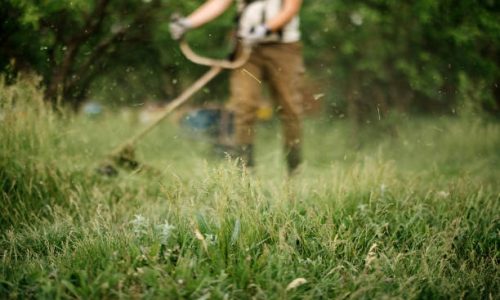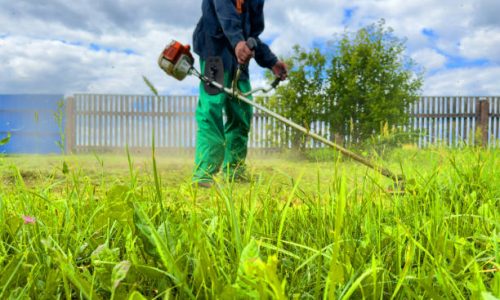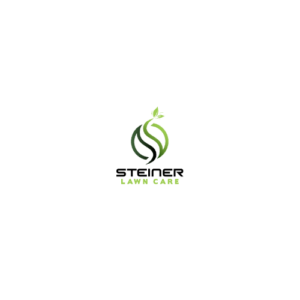Thatch is a layer of organic matter composed of dead grass roots, stems, and stolons (shoots) that accumulates between the soil surface and the living grass blades. While a thin layer is natural and even beneficial, a thick thatch layer can become a silent villain in your lawn’s story.
Understanding Thatch Formation:
As a Great Lawn Detective, you need to be observant. Here are some clues that point towards the villainous thatch:


Before embarking on dethatching, a Great Lawn Detective needs evidence. Here are two simple methods for assessing the thatch layer:
Thatch removal, also known as dethatching, can be a powerful tool for lawn rejuvenation. However, a Great Lawn Detective must act strategically:
Benefits of Dethatching:
